Pie charts have been the subject of some criticism when they are used to compare measures across multiple categories. It is generally accepted that comparison of magnitudes represented as angular measures from varying baselines is not effective. However here are some use cases where a pie chart does quite well. When it comes
English

It's always great to hear that SAS users get to thump their chests a bit around statisticians and programmers who are struggling because they are trying to solve problems using software provided by those "other" companies. Now, that's inspiring.

As a trainer for SAS Education Australia and chairperson of the local SAS User Group, QUEST (Queensland Users Exploring SAS Technology) , I meet many new SAS users over the years. In July 2011, I met Kim MacKenzie, a lecturer at Queensland University of Technology (QUT), Brisbane, Australia at an Enterprise
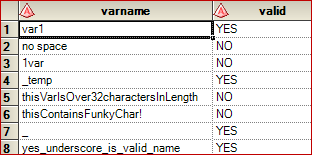
Regular expressions provide a powerful method to find patterns in a string of text. However, the syntax for regular expressions is somewhat cryptic and difficult to devise. This is why, by my reckoning, approximately 97% of the regular expressions used in code today were copied and pasted from somewhere else.
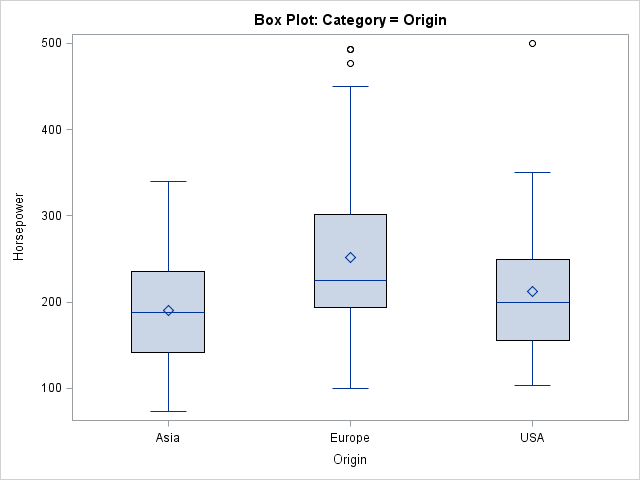
The other day I was using PROC SGPLOT to create a box plot and I ran a program that was similar to the following: proc sgplot data=sashelp.cars; title "Box Plot: Category = Origin"; vbox Horsepower / category=origin; run; An hour or so later I had a need for another box

Facebook has millions of users, and therefore when people share an interesting graph on Facebook it can "go viral" and millions of people might see it. Some of the graphs are obviously a bit biased - especially ones that are trying to sway your opinion one way or another on a topic
The next meeting of the Toronto Area SAS Society (TASS) will be at 8:30 am, Friday September 14th, 2012, at SAS Canada (280 King Street East, Toronto, Ontario). The meeting is really two meetings in one

The SAS/IML language supports user-defined functions (also called modules). Many SAS/IML programmers know that you can use the RETURN function to return a value from a user-defined function. For example, the following function returns the sum of each column of matrix: proc iml; start ColSum(M); return( M[+, ] ); /*
The Scatter Plot Matrix is a great tool that provides a quick visual of potential associations between variables. This may provide the analyst some hints on how to proceed with the analysis. Matrix of lab values for liver function tests are commonly used in clinical research. The SGSCATTER procedure provides an easy way

It is common to want to extract the lower or upper triangular elements of a matrix. For example, if you have a correlation matrix, the lower triangular elements are the nontrivial correlations between variables in your data. As I've written before, you can use the VECH function to extract the
Every summer, SAS hires interns from colleges across the US. Now, I've worked at other organizations, and I've worked with interns before. These guys are brilliant - the rising stars of industry. This year, one of the summer interns is Dylan Sweetwood. He'll be returning to Stanford in the fall,

The project that I'm currently working on requires several input data tables, and those tables must have a specific schema. That is, each input table must contain columns of a specific name, type, and length in order for the rest of the system to function correctly. The schema requirements aren't

Recently, there has been lot of uproar and confusion about the Supreme Court ruling on the constitutionality of the Affordable Care Act. Many were surprised by the ruling, and others, while happy it was upheld, are concerned about the constitutional questions that arose due to the way the ruling was
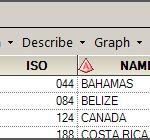
I'm working on a SAS programming project with a large team. Each team member is responsible for a piece of the overall system, and the "contract" for how it all fits together is The Data. For example, I've got a piece that performs some data manipulation and produces several output
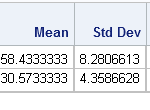
Sometimes a small option can make a big difference. Last week I thought to myself, "I wish there were an option that prevents variable labels from appearing in a table or graph." Well, it turns out that there is! I was using PROC MEANS to display some summary statistics, and
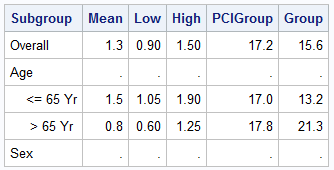
Forest plots come in many flavors. An example of a Forest plot using GTL is available on the SAS support web site. Simple forest plots can also be created using SGPLOT procedure by using the SCATTER statement with MARKERCHAR to display data aligned with the plot by study names. One issue
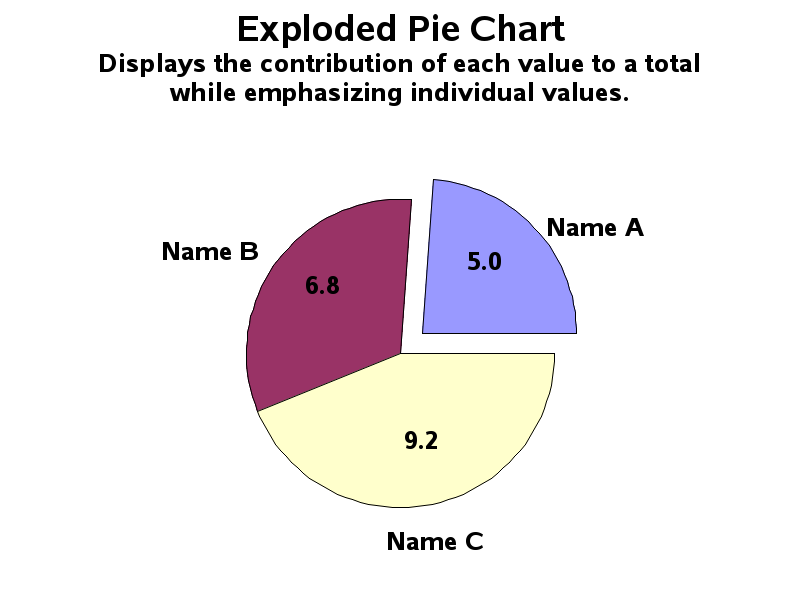
Do you use SAS for analytics and Microsoft Excel for graphs? Why not use SAS for your graphs too?!? Then you could completely automate the entire process in one SAS program, with no manual steps! A lot of people use Excel to create their graphs because "it's what they know." What if somebody

This Post-It Note reminds me of a presentation at SAS Global Forum 2012 about automating reports. Of course, these Post-It Notes always remind me of presentations. This week, instead of pointing you to a bunch of past presentations, I'm going to challenge you to use this note as an idea
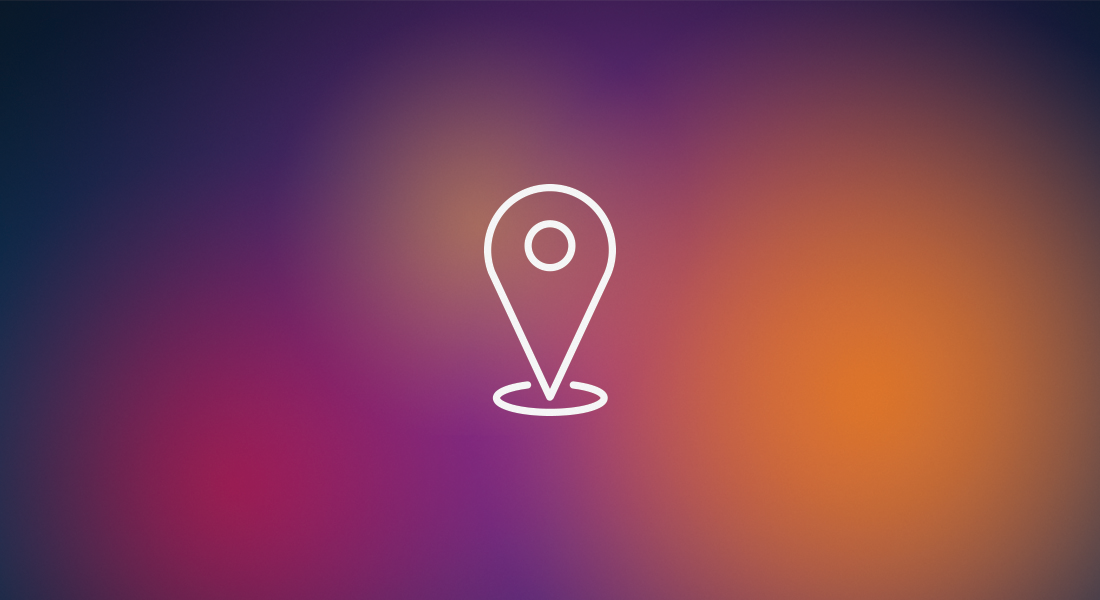
Unbelievable: It's already August. When I was a child, my mother used to talk about how time flies when you become an adult, and that I shouldn't wish my life away by always wanting to be older than my years or longing for something that was just beyond my maturity
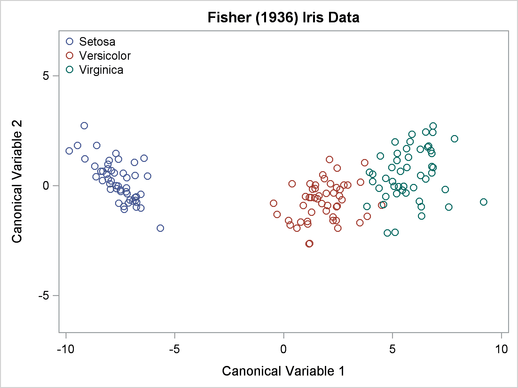
I've seen analyses of Fisher's iris data so often that sometimes I feel like I can smell the flowers' scent. However, yesterday I stumbled upon an analysis that I hadn't seen before. The typical analysis is shown in the documentation for the CANDISC procedure in the SAS/STAT documentation. A (canonical)
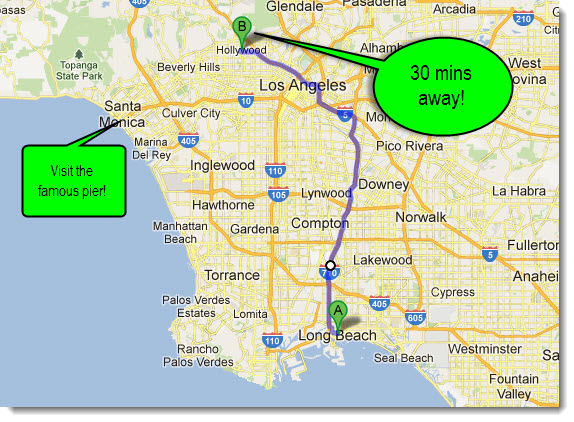
Okay - not exactly Hollywood – but it’s only 30 minutes away – so you could visit during the evening or stay the weekend after the conference to do some star-sightings. Long Beach is outside of Los Angeles and close to Hollywood! It’s not too late to sign up for the WUSS (Western
When the Western Users of SAS Software gather in Long Beach, CA this September, I'll be proud to be counted among the WUSSers. (You can learn more about WUSS here; don't look here.) The WUSS organizers must have some serious clout, because the line-up of presenters reads like a "Who's
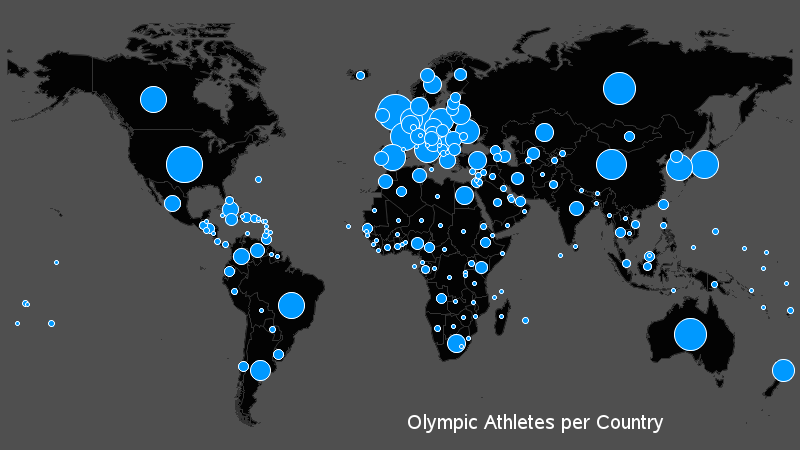
Everyone in the world has their attention turned towards the Olympics this week, so what better topic to tie in to a SAS/GRAPH blog than that?!?! I had seen a graph on the guardian website that I thought was interesting, so I decided to try to create my own (slightly different)
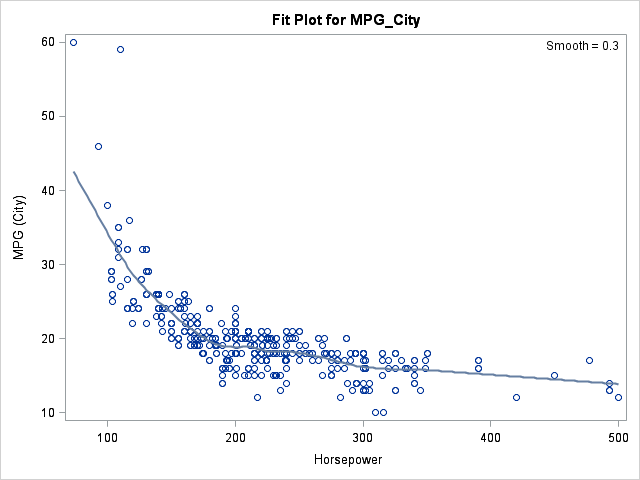
A comment to last week's article on "How to get data values out of ODS graphics" indicated that the technique would be useful for changing the title on an ODS graph "without messing around with GTL." You can certainly use the technique for that purpose, but if you want to

In this Innovation Inspiration, a SAS user has developed the insurance rating plans for a country using predictive modeling. How exciting! Additionally, the system adjusts based upon actual experience. This is quite the accomplishment given the complexity of the ratemaking for even a small geographical territory. The comments section reveal the identity of this innovator. Check it out.
In the Clinical Research domain, there is often the need to display lab values by treatment or test and it is often useful to view this data along with reference lines showing the normal ranges. The obvious way is to use reference lines to denote the normal ranges. SGPLOT Code: proc sgplot data=band; scatter x=x y=y

Many SAS procedures can produce ODS statistical graphics as naturally as they produce tables. Did you know that it is possible to obtain the numbers underlying an ODS statistical graph? This post shows how. Suppose that a SAS procedure creates a graph that displays a curve and that you want

My sleep patterns are erratic (and somewhat torturous) – they range from sleeping solidly for eight hours a clip to me wandering aimlessly about the house at 3am. Unfortunately, the latter was the reality during the wee hours of Friday, July 20; I was up watching ESPN (my typical late

Hopefully you know that a gif animation can be used for more than just showing a cartoon animal doing cute tricks! Being a savvy data-meister, I'm sure you are also aware that you can use gif animations to see how data changes over time. But perhaps you didn't know you could

If you need to calculate the mean, sum, standard deviation, or frequency count for a variable, you'll find it pretty easy to accomplish in SAS Enterprise Guide. The corresponding tasks in the menus have names like "Summary Statistics" or "One-way Frequencies". Obvious, right? Often, researchers or students have a quest









